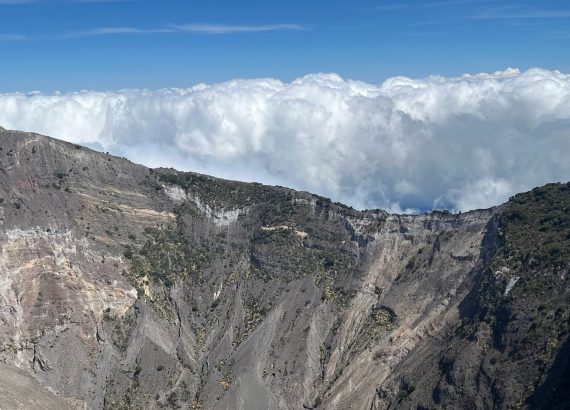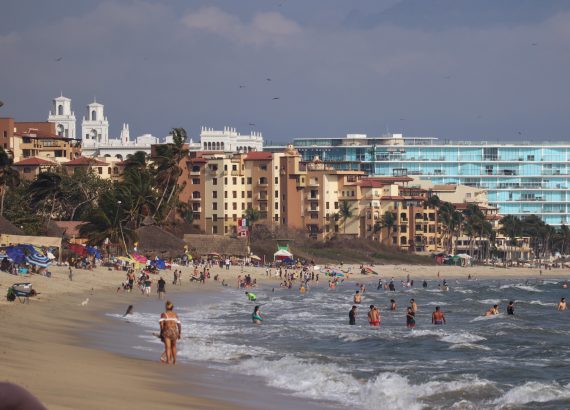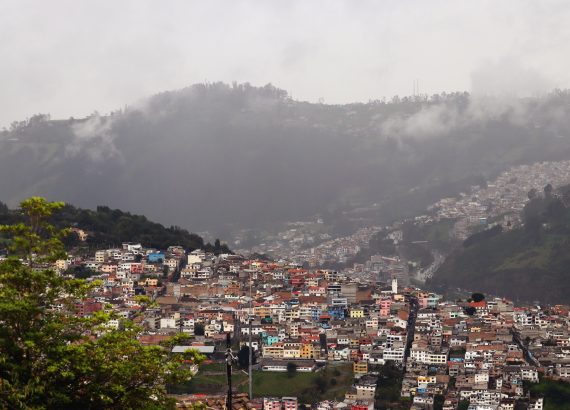Much like the country, Mexico City is so misunderstood, yet it offers a vibrancy and magnetism similar to many European countries. The city is both captivating and complex with a history that dates back to the ancient city of the Aztecs. Today, Mexico City is America’s oldest city founded by indigenous people. I spent six weeks in Mexico City exploring its beauty and culture while also understanding what makes this awesome city tick. Too much to do and too little time to fully take in all that it offers. Here is what I experienced ….
First, a Bit of History….
Reading through Mexico’s history…. it is vast, complex and messy. After all, we are talking 13,000 years ago with the rise and fall of several indigenous civilizations and over 300 years of Spanish colonization and many wars thereafter. It is also a history of misinformation and facts about historical events, which is what any smart colonizer would do to rationalize any conquest. The city of Mexico was known as Tenochtitlan, the ancient city of the Aztecs. It was built in the center of an inland lake system, which according to the legend, was based on a sign by their god. “A golden eagle perched on a prickly pear cactus devouring a rattlesnake” was the sign for building a city that eventually consumed the lake. Stories about Hernan Cortes and Emperor Montezuma are still being debated as to whether Montezuma surrendered or was massacred with the rest of the village. This conquest led to three centuries of Spanish domination in Mexico. Thereafter, it gets messy with the country experiencing one war after another, including one with the US, leading to what we know today as Mexico. Click here for more on those details.
Today, Mexico City is one of the most important cultural financial centers in the world; the six largest metropolitan area on the globe. Also known as the oldest capital city in all of America founded by indigenous people. Like many cities, Mexico City is slowing sinking and will need to undertake a humongous challenge to stop it. The city and other parts of Mexico are presently experiencing a serious water crisis. Climate change has reduced the amount of rainfall in many parts of Mexico.
This year for the first time Mexico will be electing a female president as the two most electable candidates are women. Sadly, Mexico will only be the 15th country to accomplish this. This is a country impacted by corruption, the cartel and divided politics between the wealthy and the poor. It will be interesting to see whether a woman president will lead differently.
It’s important to note Mexico has always been there for the US, providing labor and natural resources when it was most needed, and contributing strategically to the US industrial revolution and World War II. However it has also been problematic on the distribution of drugs by the cartel and migrants crossing the border. Worth noting that much of the recent migrants crossing the border are from other countries. Needless to say, some of this is our own fault, as both political parties have shown they are incapable of managing the border in a humane and sensible manner.
Walking the Streets of Mexico City
I probably have been doing more riding than walking in Mexico City. This is such a large populous city with 16 boroughs (alcadias) and 2,000 neighborhoods (colonias). I stayed at a lovely charming hacienda-style home in San Angel. A sizable and wealthy neighborhood, a bit far from the Historic center with its own commercial district, museums, restaurants and weekly events.
The Historic center city is just stunning, its pedestrian walks, zocalo (plaza), historical monuments, and architecture draws from both Spanish and French influences (yes, there was once a French invasion). However, it is also a very modern architecturally-designed city, much like most metropolis. The traffic congestion is comparable to New York, Los Angeles, or Chicago. Getting around using Ubers is highly recommended (inexpensive compared to the US).
As I traveled from city to city, especially when in Oaxaca and Puebla, I found these two cities to be small versions of what to expect in Mexico City. Similar architecture and infrastructure on how their historic centers were formed. Street food eating is huge in all three cities. Solo vendors are everywhere selling food, household items and artisan crafts. At times, it can be a bit too much, yet an essential part of the city’s economy fueled by tourism and part of the culture.
What to Do in Mexico City
Early on, I had to pace myself to both adjust to the high altitude (7250 ft above sea level) and a nasty lingering cough and was unable to make it to all 150 museums (lol). I had planned my travels to be in Mexico City by February to attend the 4-day ZONAMACO premier Latin American art fair, now on its 20th anniversary (the second story in this month’s newsletter, click here). Besides, the art fair I am highlighting those events I managed to attend that may be of interest to you on your visit to the city.
Historic Center, UNESCO World Heritage Site
Walking the city’s historic center several times is recommended as you cannot walk and enjoy it all in one day. Check out the Zocalo and see a rendition of an Aztec ceremony. For just $50 pesos get cleansed and blessed by the ancient gods in front of the Cathedral.
Museums
This city is such a cultural mecca with so much history and art. I highly recommend that you tap as many museums as you can based on what you like and how much time you have. I was able to visit 10 museums. Here are the ones I highly recommend.
Frida Kahlo Museum-Casa Azul Make an online reservation, otherwise you will not get in. I was surprised to experience how large the place is. Frida, in many ways, has outshined Diego. She is everywhere. Her face is on hundreds of products, including her use and style of traditional dresses. Women here even micro-blade their eyebrows to closely resemble hers, quite iconic.
National Museum of Anthropology You need an entire day to experience this remarkable place containing 22 rooms. I loved that two of the rooms are dedicated to the science of anthropology and the various cradles of civilization in the world before you start walking through the many Mesoamerican ancient cultures.
Modern Art Museum in Mexico City and Museo Rufino Tamayo Contemporary Art Museum Both these museums are walking distance from each other and fully focus on modern art, both national and international.
Museo Templo Mayor Museum is part of an archeological site in the center of the city. Here is where you clearly see the layers of history from the various civilizations that built holy centers on top of each other. Mexico City’s National Palace is actually built on top of what was once Emperor Montezuma’s residence.
Palacio Bellas Artes Museum Amazing murals of Mexico’s top three muralists (Diego Rivera, José Clemente Orozco and David Alfaro Siqueiros) inside an elaborately ornate palace with an entire opera house attached to it.
Archeological Sites
Besides visiting the Templo Mayor in the Historic center, a trip to the ancient city of Tenochtitlan is a must. My sister was visiting, and we managed to both jump on a hot air balloon at 6 am floating above the pyramids and then visited the archeological site in the afternoon (next month’s story and photos).
Xochimilco Floating Gardens
This is a UNESCO World Heritage Site and represents what is left of the once extensive lake and canal system that connected most of the settlements within the Mexico valley. Make plans for a 2-3 hour ride in these colorful gondola boats called “trajineras”, navigating through the canal with plenty of tequila and music.
























































No Comments